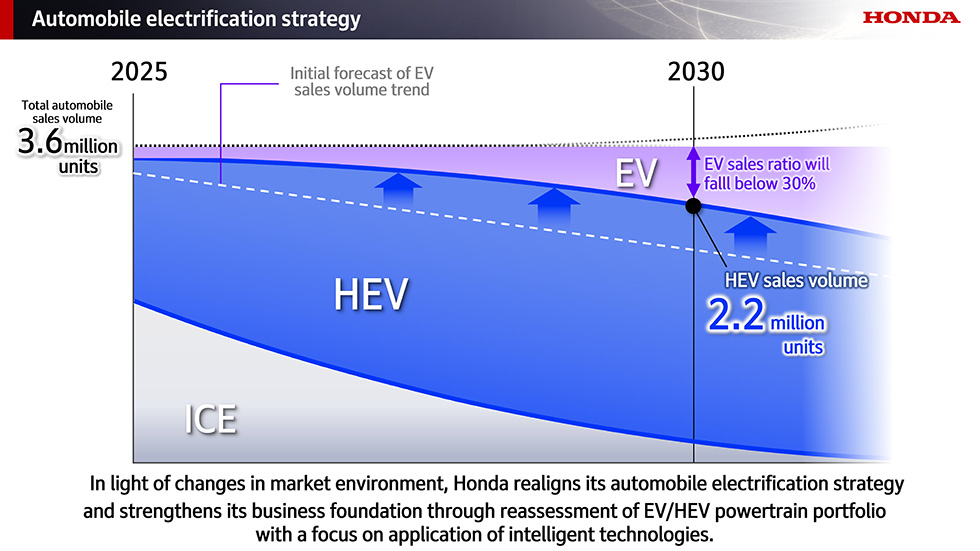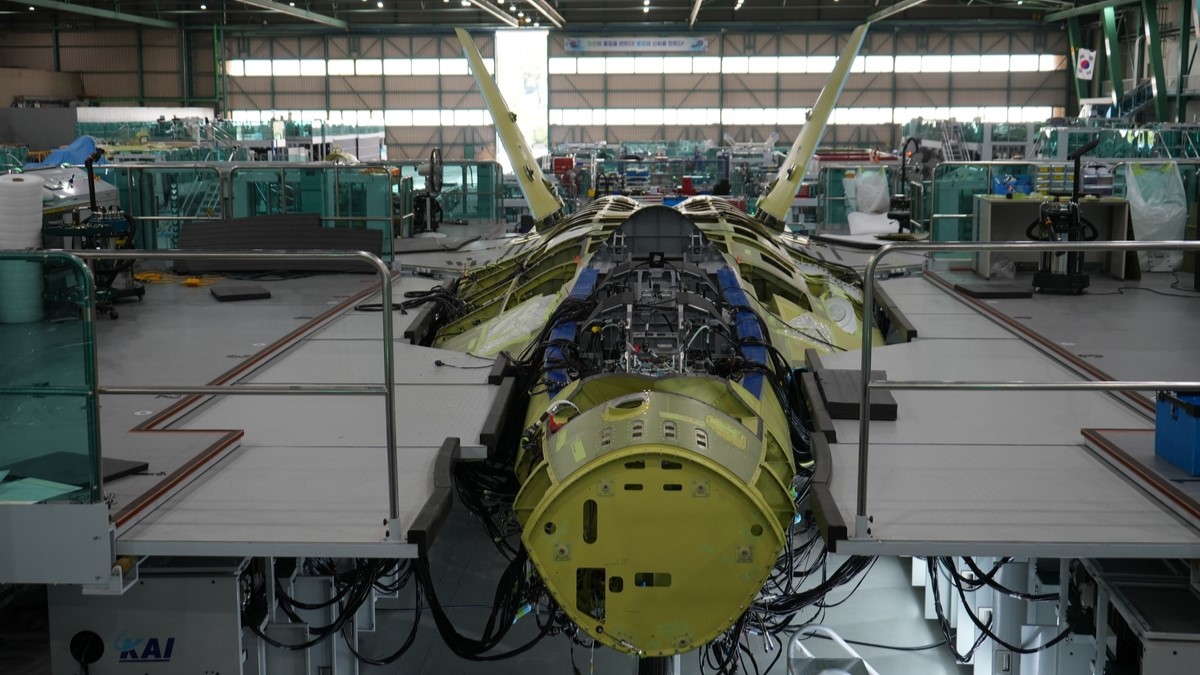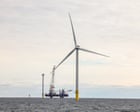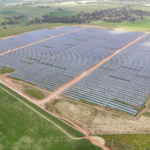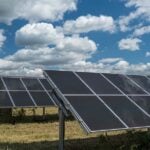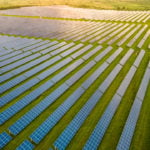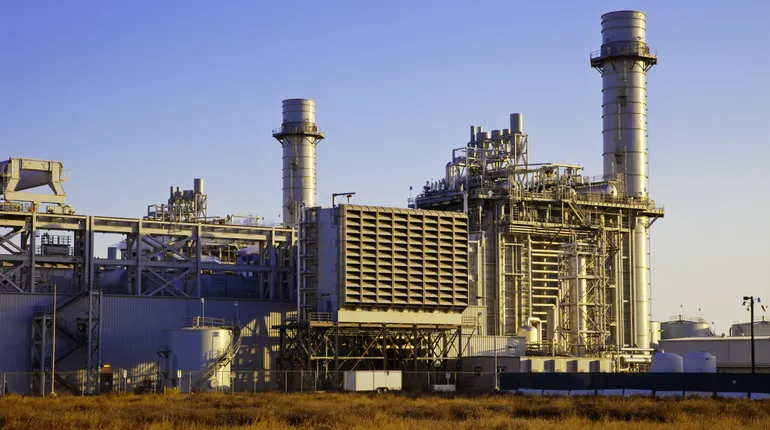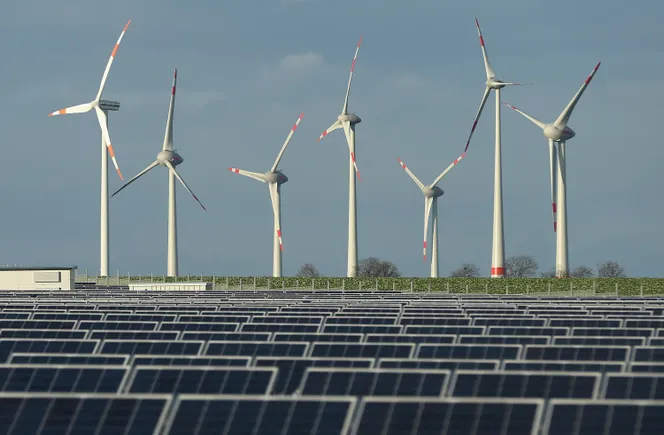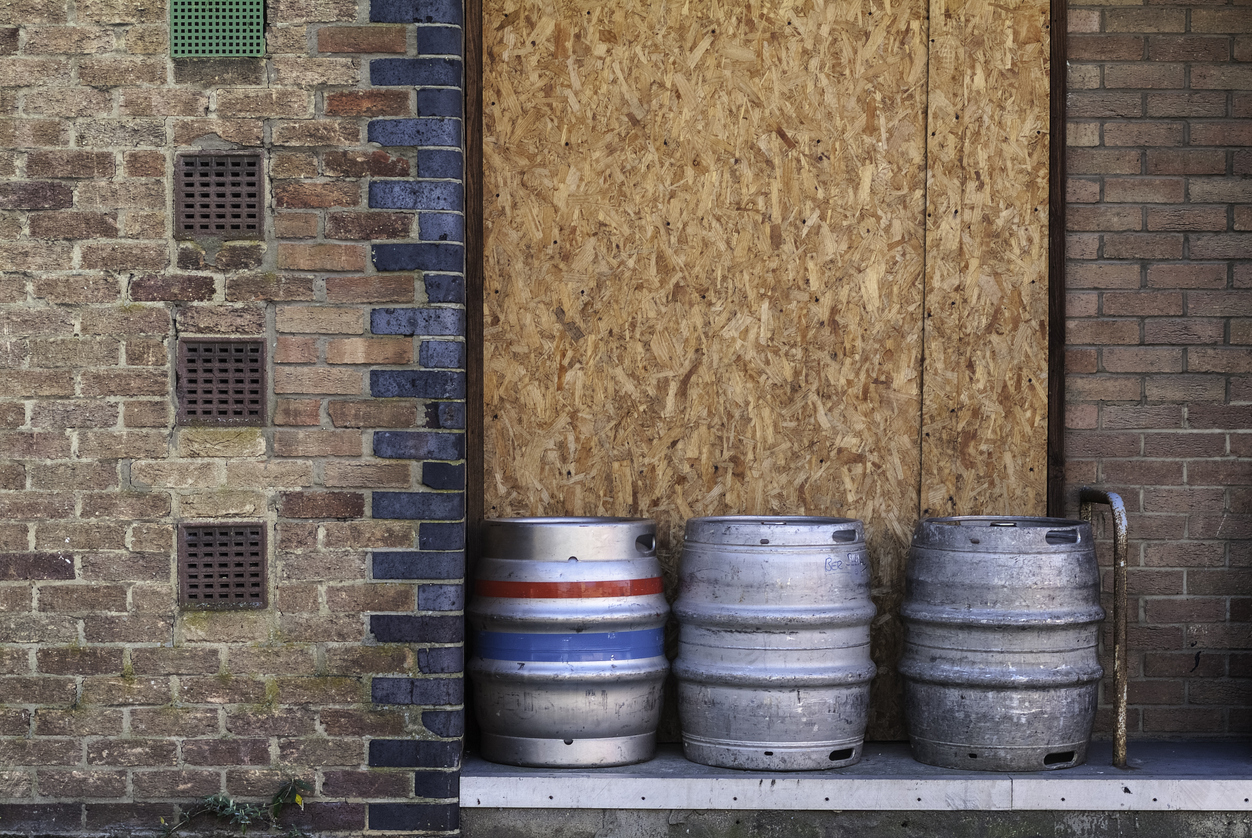Chile’s 2025 vintage: lower yields but high hopes
As Chile’s 2025 harvest draws to a close, winemakers across the country are voicing optimism about the vintage’s promising quality, even as many report notable reductions in yield. Amanda Barnes MW reports. The post Chile’s 2025 vintage: lower yields but high hopes appeared first on The Drinks Business.
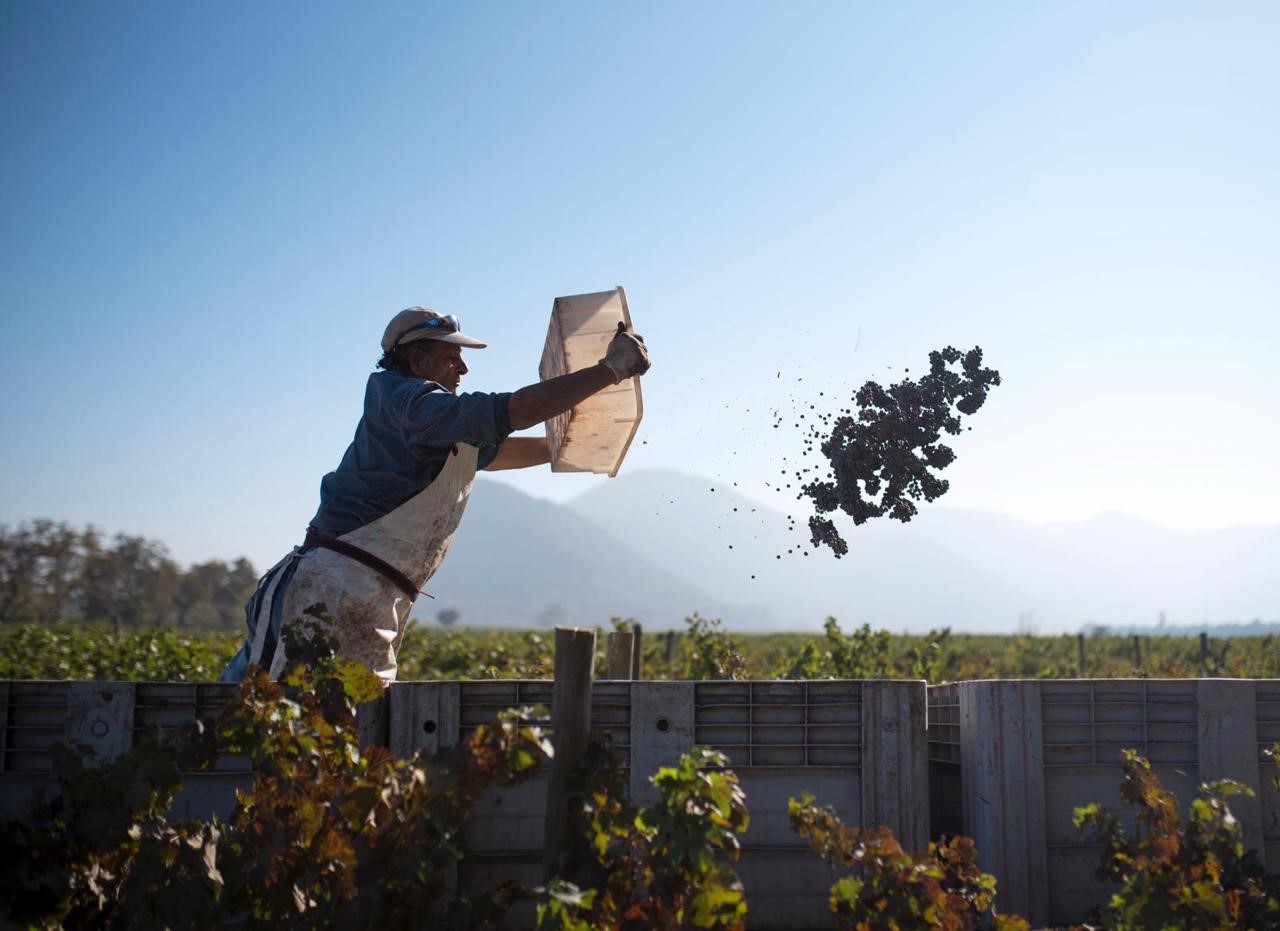
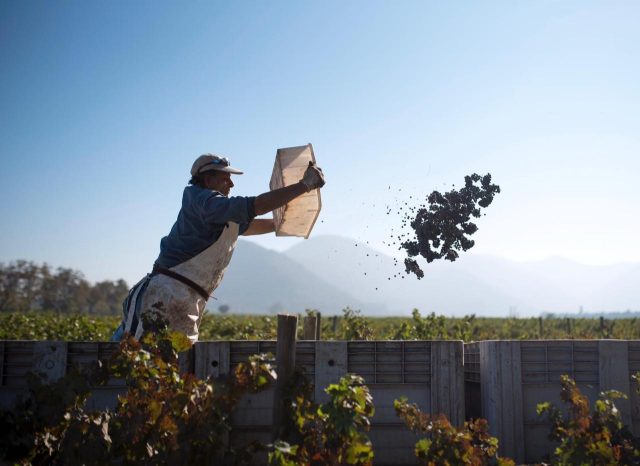 While official production figures have yet to be released, estimates suggest a national shortfall of around a fifth, with regional variations ranging from 5% to 40% depending on climate and site conditions.
A warm summer punctuated by heat spikes in January and February accelerated early ripening, prompting an earlier harvest for early-cycle varieties in the Central Valley. However, a cool March and mild April tempered ripening for many red grape varieties, helping preserve freshness and balance.
In Puente Alto, in the Andes foothills of Maipo, Don Melchor winemaker Enrique Tirado called 2025 “one of the best harvests we’ve seen in the last ten years,” attributing its success to “balanced growth, phenolic ripeness and ideal climatic conditions.” Lower yields added to the intensity, resulting in Cabernet Sauvignon's ‘deep, refined expression’ according to Tirado.
Ana María Cumsille, winemaker at Viña Carmen, also reports exceptional quality from Maipo. She highlights the importance of good winter rainfall (approx. 500 mm) in supporting balanced vegetative growth ahead of the warm summer. Notably, she observed marked greater thermal amplitude this year, creating notable differences between hillside and flat vineyard sites: “The hillsides ripened 15 days earlier, but the lower February and March temperatures delayed ripening in the flat, alluvial areas, and we ended up harvesting at the usual time.”
Yields for Viña Carmen were down by about 20%, but the resulting wines, she says, show “good concentration, moderate alcohol and relatively high acidity — fresh, with no signs of over-ripeness.”
While official production figures have yet to be released, estimates suggest a national shortfall of around a fifth, with regional variations ranging from 5% to 40% depending on climate and site conditions.
A warm summer punctuated by heat spikes in January and February accelerated early ripening, prompting an earlier harvest for early-cycle varieties in the Central Valley. However, a cool March and mild April tempered ripening for many red grape varieties, helping preserve freshness and balance.
In Puente Alto, in the Andes foothills of Maipo, Don Melchor winemaker Enrique Tirado called 2025 “one of the best harvests we’ve seen in the last ten years,” attributing its success to “balanced growth, phenolic ripeness and ideal climatic conditions.” Lower yields added to the intensity, resulting in Cabernet Sauvignon's ‘deep, refined expression’ according to Tirado.
Ana María Cumsille, winemaker at Viña Carmen, also reports exceptional quality from Maipo. She highlights the importance of good winter rainfall (approx. 500 mm) in supporting balanced vegetative growth ahead of the warm summer. Notably, she observed marked greater thermal amplitude this year, creating notable differences between hillside and flat vineyard sites: “The hillsides ripened 15 days earlier, but the lower February and March temperatures delayed ripening in the flat, alluvial areas, and we ended up harvesting at the usual time.”
Yields for Viña Carmen were down by about 20%, but the resulting wines, she says, show “good concentration, moderate alcohol and relatively high acidity — fresh, with no signs of over-ripeness.”





















